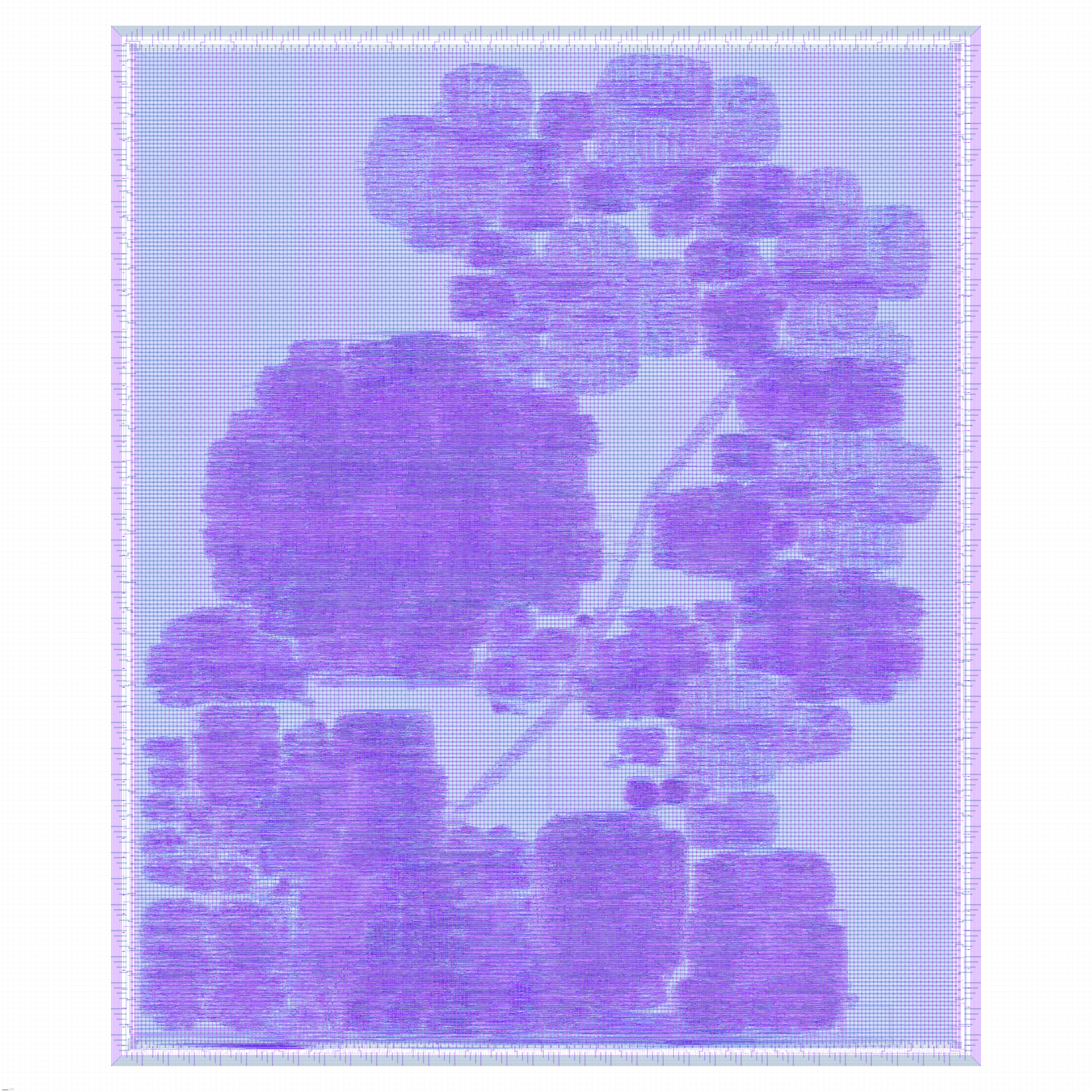As of 2021-04-30, we've accomplished a great deal. We've managed to design and verify a fully custom DNN accelerator for our DNN architecture, tested directly against a Python model that we have created and quantized ourselves. Targeting the toughest and riskiest part of our design first was a deliberate decision.
We've managed to achieve > 95% test accuracy with our model on detecting the
word "Yes" against noise and other words like "No" with just around an hour's
worth of training data. Furthermore, we've implemented this whole model in
RTL and using cocotb's ability to run testbenches directly with Python, it's
been a breeze to directly compare our RTL results to the actual Python model
and verify functionality.
We've then reached out to Vesper, a microphone manufacturer specializing in low-power microphones that activate upon voice activity for samples and received them as of two days ago. We're excited to work on our microphone interface by using an FPGA to direcly test our PDM interface to our microphone samples.
That being said, we still have a few tasks ahead, namely finishing the RTL implementation of our acoustic featurization pipeline, completing the PDM microphone interface, and adding in a shim layer between Caravel's wishbone interface and our the reconfigurable memories in our design.
Overall however, we think we're on track to tapeout. We've already ran critical parts of our design through OpenLANE (conv1d to GDS, wrd to LEF LVS) and we're confident given the fully standard cell nature of our design that our PD process will be straightforward.
Accomplished:
- Software modeling of our DNN architecture
- Trained DNN model and passed > 95% accuracy on hours-worth of training data
- Quantization of our DNN model
- Full RTL implementation of our DNN model
- Verification of DNN RTL against software gold model
- Requested and received HW test board sample for our microphone
- Ran
conv1dmodule end-to-end on the OpenLANE flow to GDS - Ran full DNN accelerator, the
wrdmodule, on the OpenLANE flow to LEF LVS - Completed software model of our feature pipeline, quantized to integers
Things to Wrap Up in RTL:
- Implement microphone interface and verify on FPGA and test hardware
- Implement acoustic featurization pipeline in RTL
- Implement Caravel-Wishbone configuration interface for our configurable params
For your code submission deadline tomorrow please submit a document on canvas with the commit hash we should look at in your code repository. At this commit in your repo you should have:
-
A document in the repo listing all your blocks and a list of tests you ran on each block and at the top level.
Please see
rtl/*/ARCHITECTURE.mdfor a listing of all of our blocks and corresponding tests. -
For analog blocks that were verified based on a plot, you should 1) provide all the scripts needed to reproduce that plot, 2) provide an image of what the plot should look like, 3) report what specs you verified with that plot.
N/A - our design contains no analog blocks.
-
For digital blocks you should provide the scripts/makefiles to run each test, and document how we can replicate them. All tests must check the simulation versus a gold output, and print a PASS/FAIL status at the end.
Please see
rtl/README.mdfor instructions on running and interpreting our tests. -
For all projects, a summary of the key design metrics you achieved and how they compare to your initial targets (similar to how you presented in your design reviews).
Please see the Metrics section below
We will grade your submission based on:
Completeness of your design
Whether we are able to run your tests and replicate your results
How good/comprehensive your the tests are
Quality of your documentation (all documentation should be in the repo)
Wakey-Wakey is being built in Stanford University's EE272B: Design Projects in VLSI Systems II.
It is expected to be submitted for tapeout in June 2021 as part of Skywater Foundry's SKY130 MPW-TWO shuttle program.
Packaged die are expected to be received by December 2021.
The project is structured as follows:
-
imgcontains images for use in documentation throughout the project -
pycontains software models in Python for our acoustic featurization pipeline and DNN accelerator -
rtlcontains RTL source files and associated testbenches. Further details on RTL architecture and running the testbenches can be found in this repo.
Metrics were gathered as of 2021-04-30
We have results from the fastroute step in OpenLANE for our full WRD module,
the DNN accelerator. We used a target utilization density of 50%.
Our design area clocks in at 2,345,032.8 um^2 or 2.34 mm^2, which is
promising since this is by far the largest part of our design.
We expect to be able to meet our area constraint given these promising results.
We were able to met 10 MHz of timing, but slack analysis shows that we can likely hit 30 MHz without further optimization, and likely much faster with some rudimentary critical path improvement.
This is well within our expectations.
TBD
Please see py/README for further details.
Train: 98.85 %
Test: 97.18 %
This is well within our expectations.
A breakdown of the layout as it corresponds to each subsystem can be found here.


